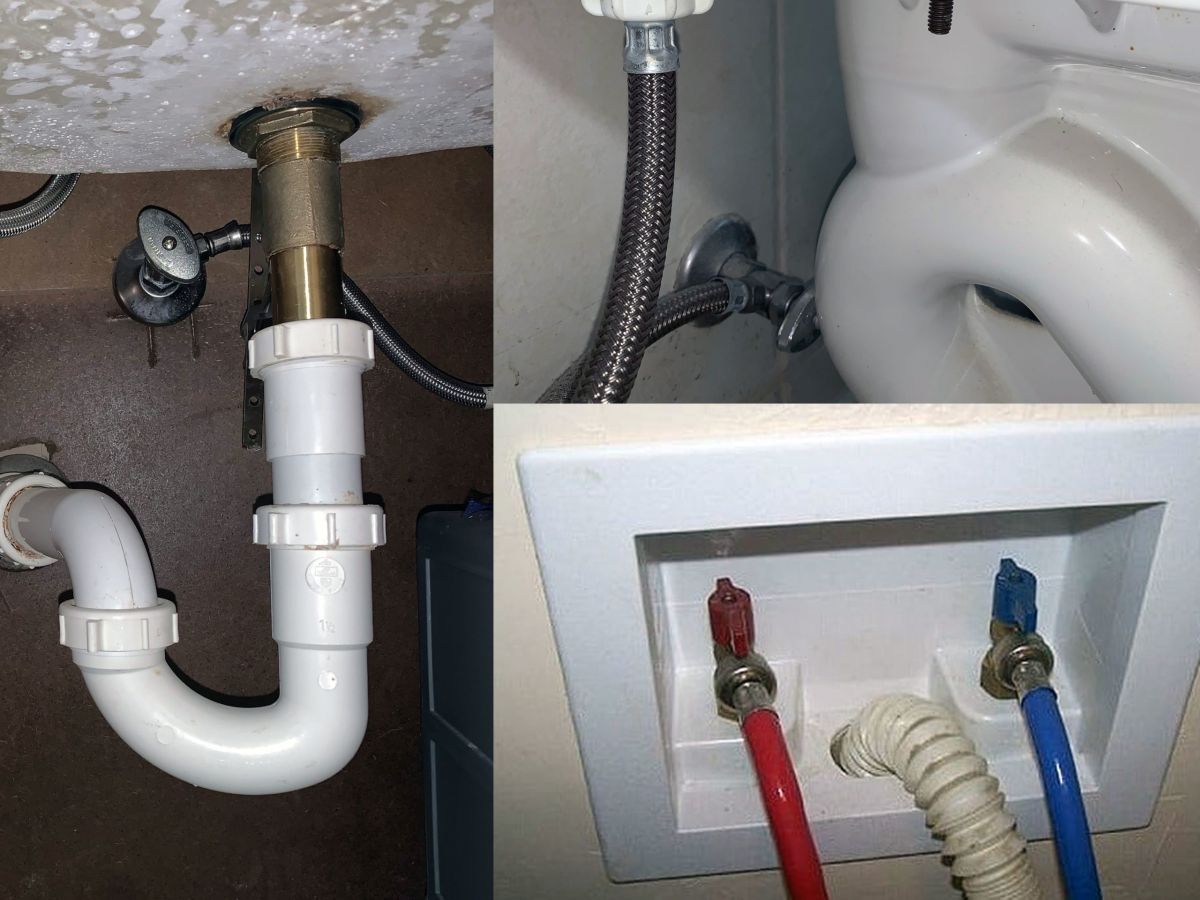In emergency as well as non-emergency situations, knowing where and how to shut off your home’s water supply is as important as knowing how and where to turn-off or reset an electric breaker. Situations in which you may need to shut off your water include everything from reacting quickly to minimize damage caused by a burst pipe to a scheduled replacement of a water heater or repair of a sprinkler system.
Fixture Shutoff Valves & Isolation Valves
For localized water shut offs, turning off your water to the affected appliance should be your initial action. Water lines to faucets and toilets usually have a small valve with a small twist handle or knob which controls the water flow to individual plumbing fixtures. Larger appliances, such as water heaters and washing machines typically have these isolation valves as well. It’s a good idea to get in the habit of testing them periodically to be sure they are working properly – to do so, once you turn off the valve, open up your hot and cold lines (if applicable) to release pressure and test if the water is indeed off.

Exterior Shutoff Valve: Customer- versus Utility-Owned
If no interior shutoff valve exists to remedy the situation, locate your customer-owned shutoff valve. This most likely in the meter box, or within two feet of the meter box, which will be near the end of your property line, near the street in a covered box underground. It will be on the side of the meter closest to your home, with a knob or a ball valve handle requiring a quarter turn to shut off or turn on water. For ball valves, when the handle is perpendicular to the pipe, the water is shut off. When the handle is parallel to the pipe, the water is turned on.
If no customer-owned shutoff valve exists, you must install one, it is a requirement.
There will be a valve next to the meter, but this is the district-owned shutoff valve and may only be used by a Rose Hill SUD employee. It is illegal to tamper with, obstruct access to, or remove a water meter, including the district-owned shutoff valve. If the meter, curb stop, meter box or lid is damaged, the property owner will be responsible for all costs to repair or replace it plus the cost of any water lost. You may also incur a fine for tampering with district-owned property per our Service Policy.

